Filter by
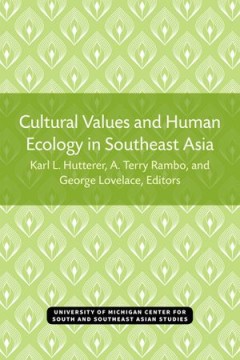
Cultural Values And Human Ecology In Southeast Asia
Digital Humanities remains a contested, umbrella term covering many types of work in numerous disciplines, including literature, history, linguistics, classics, theater, performance studies, film, media studies, computer science, and information science. In Traces of the Old, Uses of the New: The Emergence of Digital Literary Studies, Amy Earhart stakes a claim for discipline-specific history o…
- Edition
- -
- ISBN/ISSN
- 9780472902293
- Collation
- -
- Series Title
- -
- Call Number
- -

The Best Of Technology Writing 2008
The Best of Technology Writing 2008 proves that technology writing is a bona fide literary genre with some of the most stylish, compelling, and just plain readable work in journalism today. The third volume in this annual series, The Best of Technology Writing 2008 covers a fascinating mix of topics—from a molecular gastronomist's recipe for the perfect gin and tonic; to "the Mechanism," a…
- Edition
- -
- ISBN/ISSN
- 9780472900503
- Collation
- -
- Series Title
- -
- Call Number
- -

Reading Today
New technologies are changing our reading habits. Laptops, e-readers, tablets and other handheld devices supply new platforms for reading, and we must learn to manage them by scrolling, clicking or tapping. Reading Today places reading in current literary and cultural contexts in order to analyse how these contexts challenge our conceptions of who reads, what reading is, how we read, where we r…
- Edition
- -
- ISBN/ISSN
- 9781787351950
- Collation
- -
- Series Title
- -
- Call Number
- 300
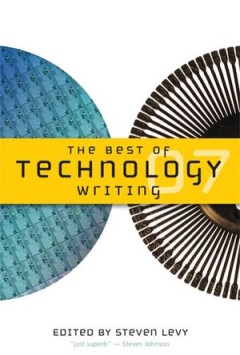
The Best Of Technology Writing 2007
Together the essays in The Best of Technology Writing 2007 capture the versatility and verve of technology writing today. Solicited through an open online nominating process, these pieces explore a wide range of intriguing topics—from "crowdsourcing" to the online habits of urban moms to the digital future of movie production. The Best of Technology Writing 2007 will appeal to anyone who enjo…
- Edition
- -
- ISBN/ISSN
- 9780472900541
- Collation
- -
- Series Title
- -
- Call Number
- -

London’s Urban Landscape
London’s Urban Landscape is the first major study of a global city to adopt a materialist perspective and stress the significance of place and the built environment to the urban landscape. Edited by Christopher Tilley, the volume is inspired by phenomenological thinking and presents fine-grained ethnographies of the practices of everyday life in London. In doing so, it charts a unique perspec…
- Edition
- -
- ISBN/ISSN
- 9781787355583
- Collation
- -
- Series Title
- -
- Call Number
- 307.2
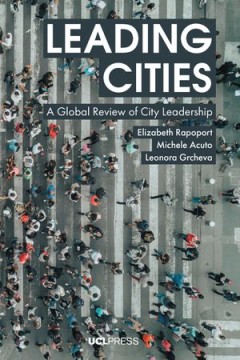
Leading Cities
Leading Cities is a global review of the state of city leadership and urban governance today. Drawing on research into 202 cities in 100 countries, the book provides a broad, international evidence base grounded in the experiences of all types of cities. It offers a scholarly but also practical assessment of how cities are led, what challenges their leaders face, and the ways in which this lead…
- Edition
- -
- ISBN/ISSN
- 9781787355453
- Collation
- -
- Series Title
- -
- Call Number
- 307.2 RAP l
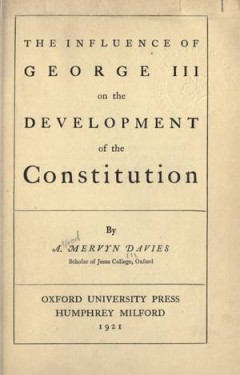
The Influence of George III on the Development of the Constitution
This brief but interesting work investigates the influence King George III had on the development on the English Constitution.
- Edition
- -
- ISBN/ISSN
- -
- Collation
- -
- Series Title
- -
- Call Number
- 320 DAV i
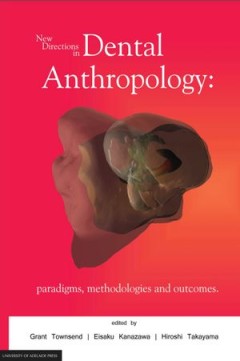
New Directions in Dental Anthropology: Paradigms, Methodologies and Uutcomes
This book contains papers arising from a symposium held during a combined meeting of The International Union of Anthropological and Ethnological Sciences (IUAES), The Australian Anthropological Society (AAS) and The Association of Social Anthropologists of Aotearoa New Zealand at the University of Western Australia from July 5-8th, 2011. It follows on from a recently published Special Issue Sup…
- Edition
- -
- ISBN/ISSN
- 9780987171870
- Collation
- -
- Series Title
- -
- Call Number
- 301 NEW n
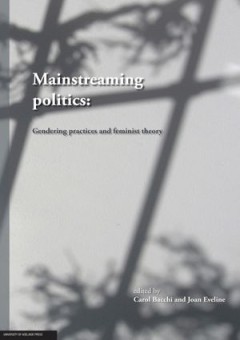
Mainstreaming Politics: Gendering Practices and Feminist Theory
This book offers an innovative rethinking of policy approaches to ‘gender equality’ and of the process of social change. It brings several new chapters together with a series of previously published articles to reflect on these topics. A particular focus is gender mainstreaming, a relatively recent development in equality policy in many industrialised and some industrialising countries, as …
- Edition
- -
- ISBN/ISSN
- 9780980672381
- Collation
- -
- Series Title
- -
- Call Number
- 301 MAI m
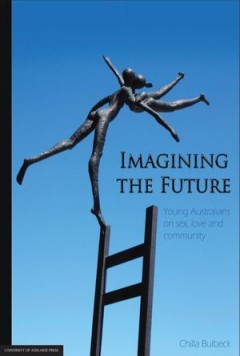
Imagining the Future: Young Australians on Sex, Love and Community
Do young Australians understand and live ‘equality’ and ‘difference’ differently from older generations? Is Australia the gender equal society that many claim it to be? How do we understand and explain growing economic inequality when our dominant ideologies are individualism and neoliberalism? What are or should be the limits of tolerance in our negotiation of cultural difference? Imag…
- Edition
- -
- ISBN/ISSN
- 9781922064356
- Collation
- -
- Series Title
- -
- Call Number
- 301 BUL i
 Computer Science, Information & General Works
Computer Science, Information & General Works  Philosophy & Psychology
Philosophy & Psychology  Religion
Religion  Social Sciences
Social Sciences  Language
Language  Pure Science
Pure Science  Applied Sciences
Applied Sciences  Art & Recreation
Art & Recreation  Literature
Literature  History & Geography
History & Geography